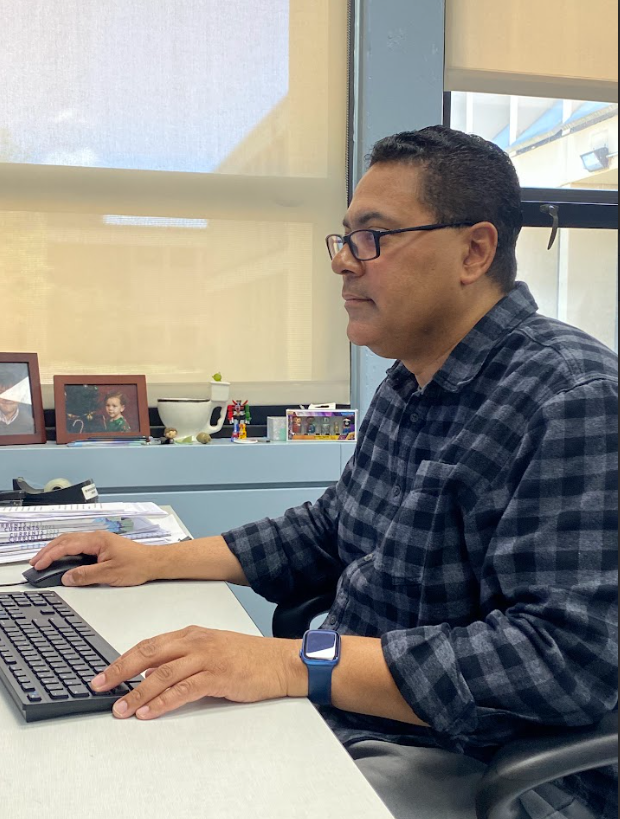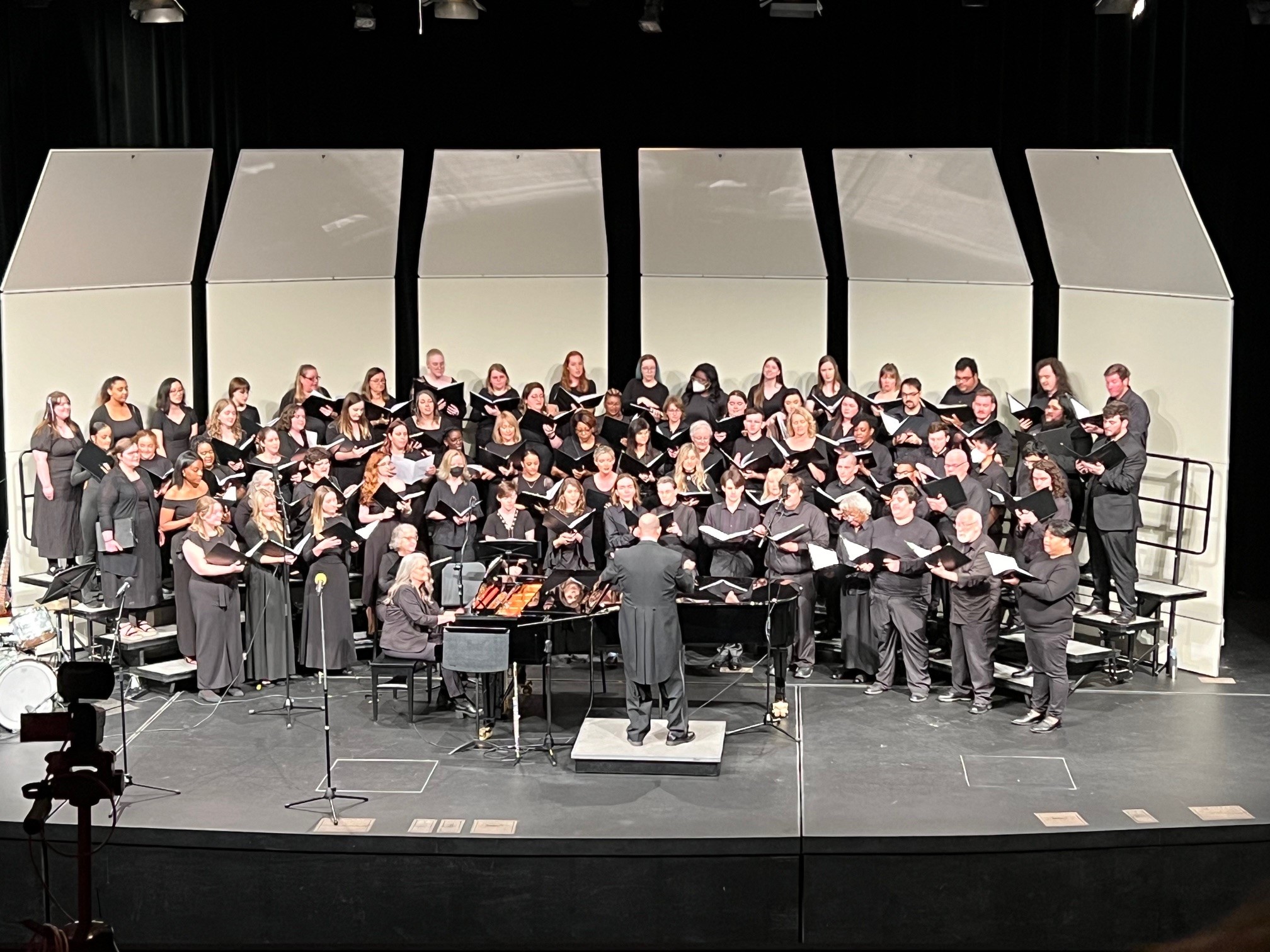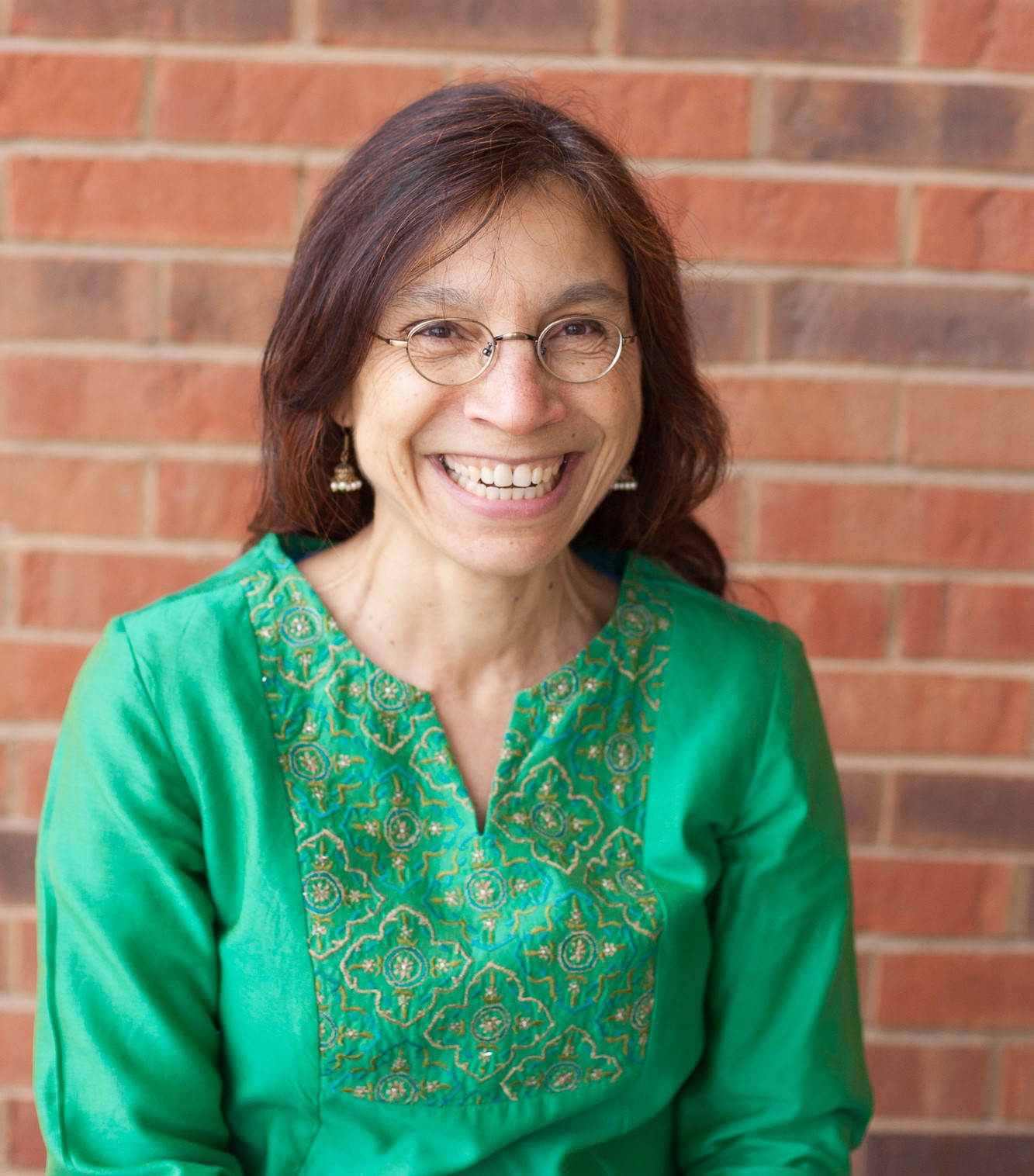Meramec professors, students contribute to gallery of ancient Syrian city
BY: Monica Obradovic
Staff Writer
In the middle of the Syrian desert lies the ancient city of Palmyra. Once a thriving metropolis of trade, only the ruins of Palmyra remain due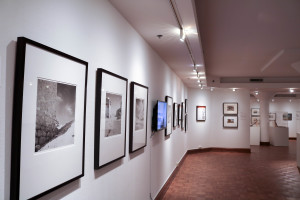 to recent destruction by terrorist group ISIS. While its history and architecture are known by few, one such person is Meramec photography professor David R. Hanlon.
to recent destruction by terrorist group ISIS. While its history and architecture are known by few, one such person is Meramec photography professor David R. Hanlon.
Since the second of March, Professor Hanlon’s exhibition, “Bride of the Desert: An Exploration of Palmyra,” has been on display at The Sheldon Art Galleries. The gallery is the culmination of centuries of documentation on the remote city of Palmyra.
“It really is a remarkable space,” said Hanlon. “It has a pervasive feeling of the second and third centuries that overhangs everything.”
The Sheldon gallery is meant to educate the public on the history of Palmyra through Hanlon’s photography and that of others, along with etchings, engravings and visual graphics. The photographs in the exhibit capture Palmyra before its destruction by ISIS. Hanlon, who photographed Palmyra for years before its destruction in 2015, described himself as both lucky and sad that he is the final generation to see
the site.
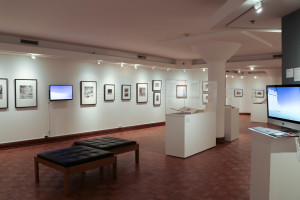
“We were hoping to make an exhibit would allow people to feel the character of the city. There’s a number of ancient sites in the middle east that you don’t hear about in the west,” said Hanlon.
In conjunction with photographs and illustrations, the gallery also incorporates visual graphics created by STLCC students to make the city feel real for the gallery-goer. Under the guidance of STLCC professor Tim Linder, graphics students were given the chance to add their skills to the gallery.
“I lent my knowledge in virtual reality and motion a little bit to the students as they created those virtual experiences… Each student went and researched themselves about the project as they would a research paper and I helped with the technology aspect of putting it into motion,” said Linder.
STLCC students contributed a motion graphic and a virtual reality walk through of Palmyra. Visitors wanting to learn more about the ancient city can sit in the gallery and watch a video narrative of Palmyra’s architecture or partake in a tour using virtual reality glasses.
“It wasn’t just submitting the project for a grade,” said Linder. “We took it to the next level and used some different kinds of technology, then polished it a little bit more so it looked more professional and worthy of being in a gallery show.”
While the photography and student-made graphics portray most of Palmyra’s past, Hanlon said he remains hopeful for the city’s future.
“I think there’s an anxious desire in the part of the department of antiquities to rebuild the site to become a place where people can visit again,” said Hanlon.
Admission is free to the Sheldon and the gallery is open every day of the week excluding Monday and Sunday. “Bride of the Desert: An Exploration of Palmyra” will remain open until April 21.









